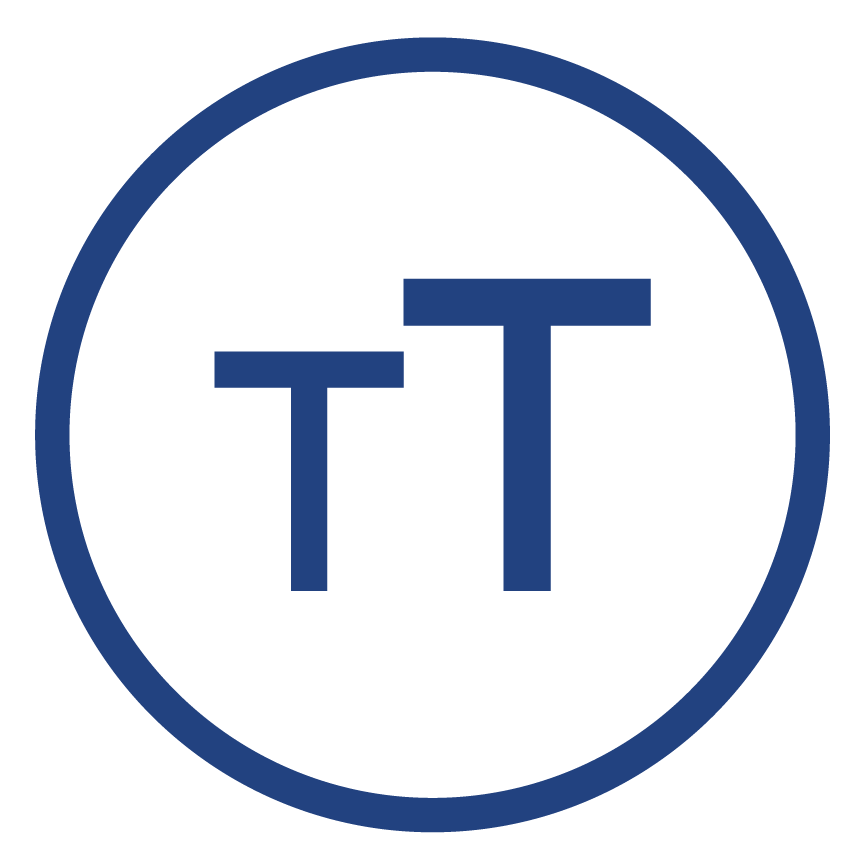Dear Member,
You will have no doubt read about capital market volatility and how its effects are being felt across the world. In this Explainer, our Investment Management Unit, takes you through why, for a long-term investor like the Fund, there is no need to adjust its investment positioning for short-term market volatility.
What is stagflation and why is it important?
Global stagflation fear was the key macroeconomic theme for the first quarter of 2022. Stagflation is essentially rising or high inflation against stagnating economic growth or rising unemployment. During the first quarter of 2022, in many global economies, inflationary pressures were intensifying, however labour markets were recovering, especially in the US.
Interestingly, in South Africa, the official unemployment rate decreased from 35.3% in the fourth quarter of 2021 to 34.5% in the first quarter of 2022. When it comes to inflation, price pressures were expected to push inflation beyond 6% however this was delayed by the fuel tax cut for April and May 2022. And, as we have learned now, this cut has been extended for June and July 2022 as well.
The link between rising inflation and interest rates
Central banks in various countries responded to rising inflation by increasing interest rates. In South Africa, the Reserve Bank increased the repo rate to 4.75%. Interestingly, the Reserve Bank lifted its economic growth forecast of the first quarter of this year from 2.1% in January 2022 to 3.6% in May 2022, reflecting better than expected economic performance. Therefore, the pace and timing of interest rate hikes are critical in how they affect growth while curbing inflation. The market expects the repo rate to climb back to 7.5% by July 2024, however considering the market tends to overreact after interest rate hikes, in our opinion, the repo rate is likely to settle at 6.5% by this timeframe.
US happenings and the impact on South African assets
The US also hiked its central bank interest rate in early May 2022 by 0.5%. The US central bank had not hiked interest rates by 0.5% since 2000, clearly showing the bank’s urgent response against rising inflation. Higher US rates mean trying times for all risk assets including all South African assets, which in the global context, are considered risk assets. Other global events that impact South Africa’s market performance include the ongoing Russia/Ukraine conflict and lockdowns in China as part of that government’s efforts at a Covid-19-zero policy. These events have led to European countries somewhat reducing their reliance on Russian energy sources. Economists have also argued that oil prices would have been higher leading to more global inflationary pressure if China was not in strict lockdowns.
The important takeaway
Back to the Fund and its investment performance: in the first quarter, South African equities, nominal, and inflation-linked bonds delivered positive performances while listed properties delivered a negative performance. In March 2022, the Rand gained over 5% against the dollar reducing the returns of offshore assets. The Fund’s offshore assets accounted for approximately 29.5% of the Fund. In the second quarter, to May 2022, South African inflation-linked bonds are the only asset class to have delivered a positive performance. Listed property, nominal bonds, and equities delivered negative performances. The rand lost over 7% against the dollar, which is a positive for the returns of offshore assets. The Fund’s positioning with respect to these asset classes has led to an overall one-year Fund performance of 10.5% in the first quarter. This is good news as Fund performance is significantly above the current Consumer Price Index return of 5.9%.
How the Fund ensures your bottom line
The Fund is underweight offshore assets against the current allowable limit of 45%, which was changed in the first quarter of 2022, from a limit of 40%. This means the Fund’s current allocation to offshore assets (40%) is lower than the allowable allocation (45%). Given market volatility, the Fund is going to increase its offshore exposure gradually, as we are of the view that the Rand is likely to weaken, and South African assets are expected to underperform global assets. As the Fund, we are closely tracking developments in local and global markets. We continue adopting a thorough and robust approach to ensure your money is being invested with care and consideration for a better investment return.
Regards,
Eskom Pension and Provident Fund










